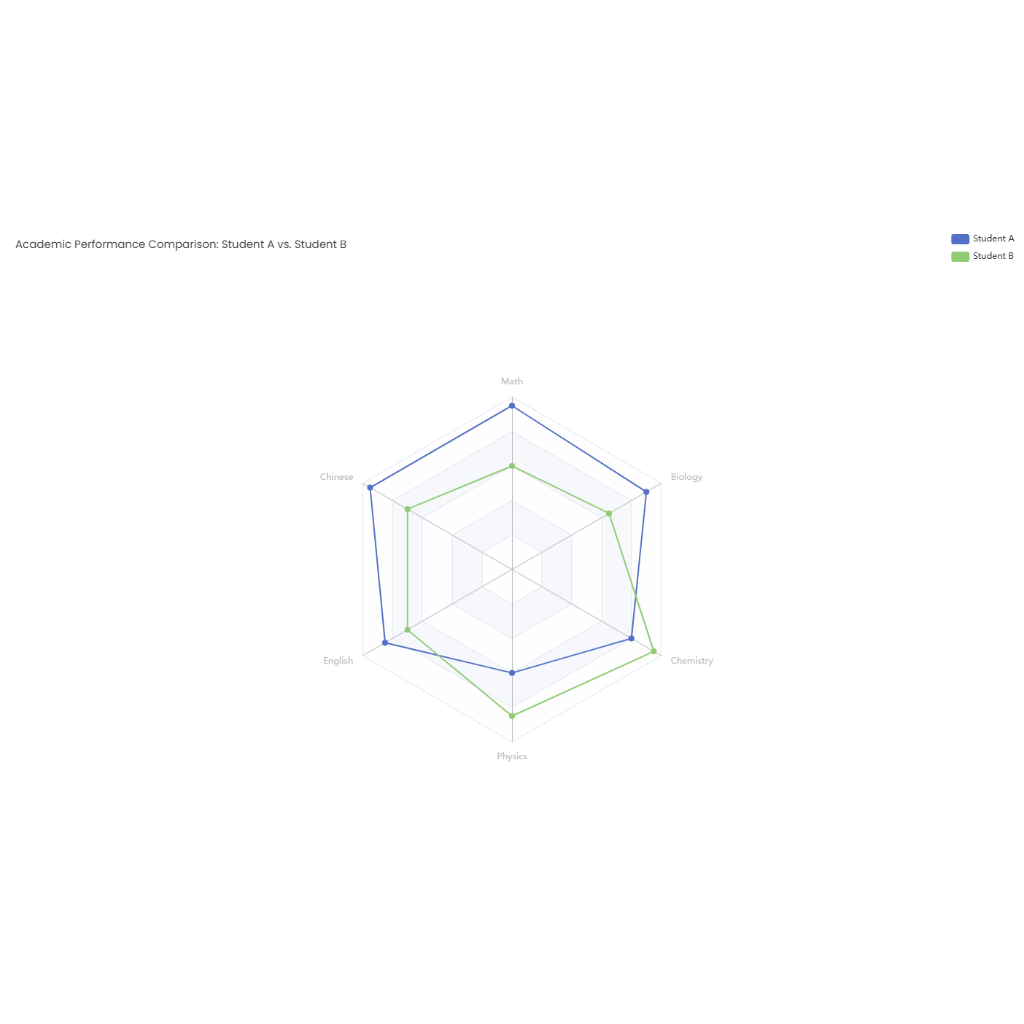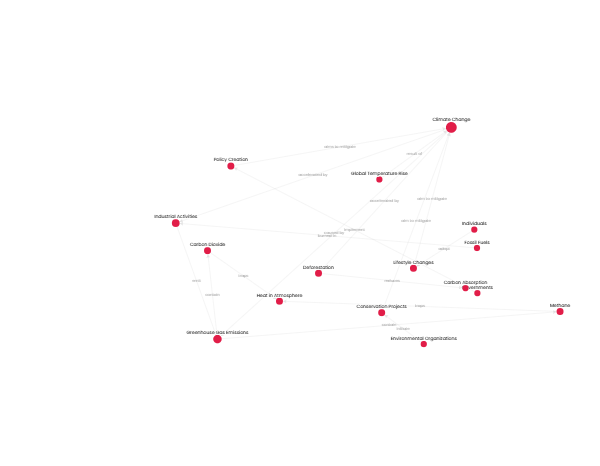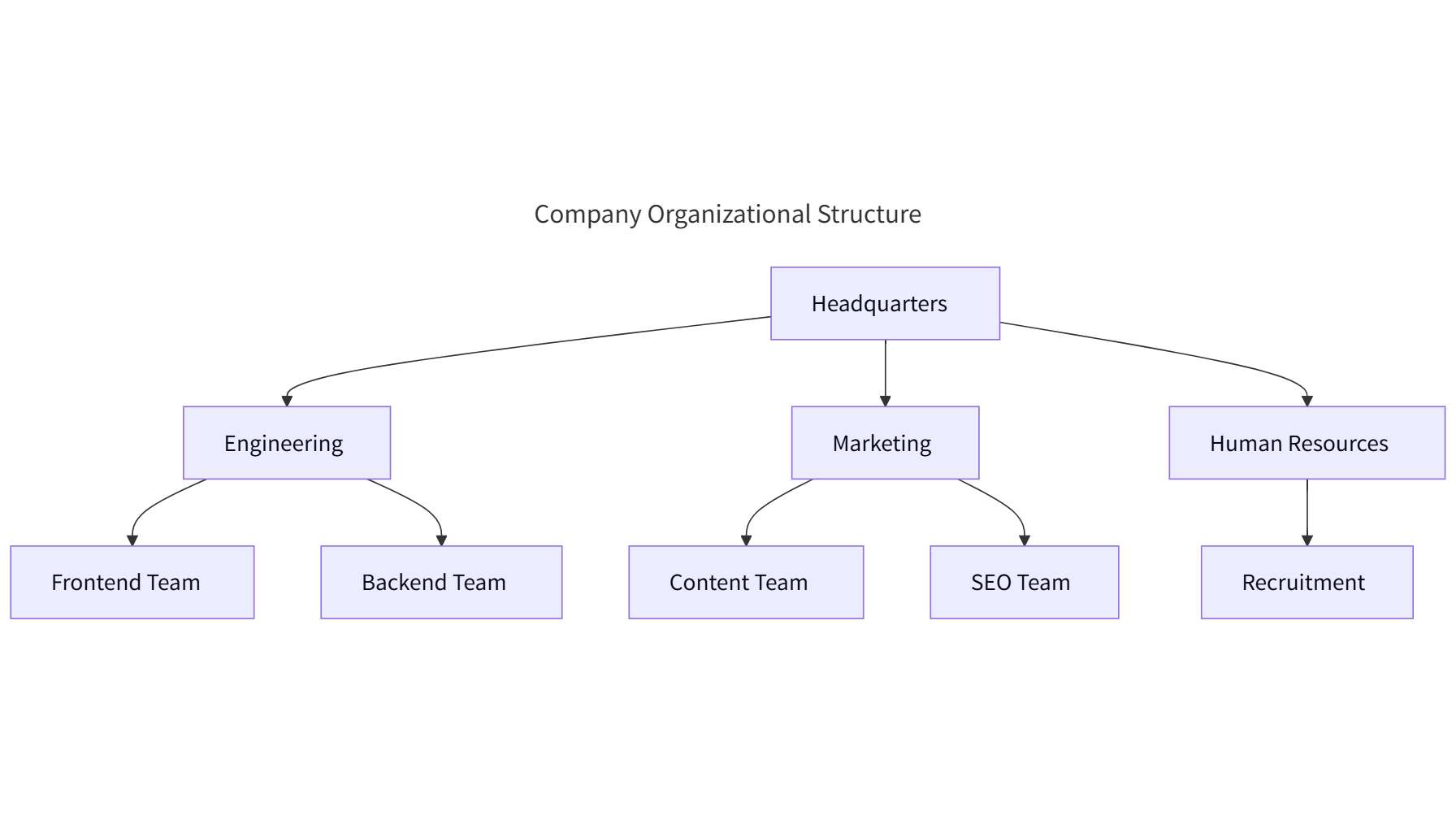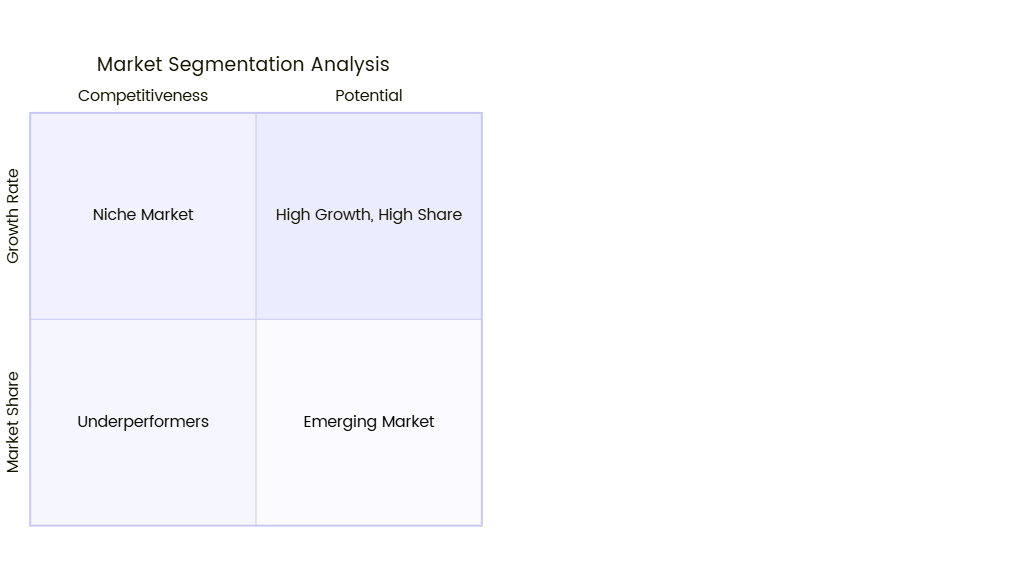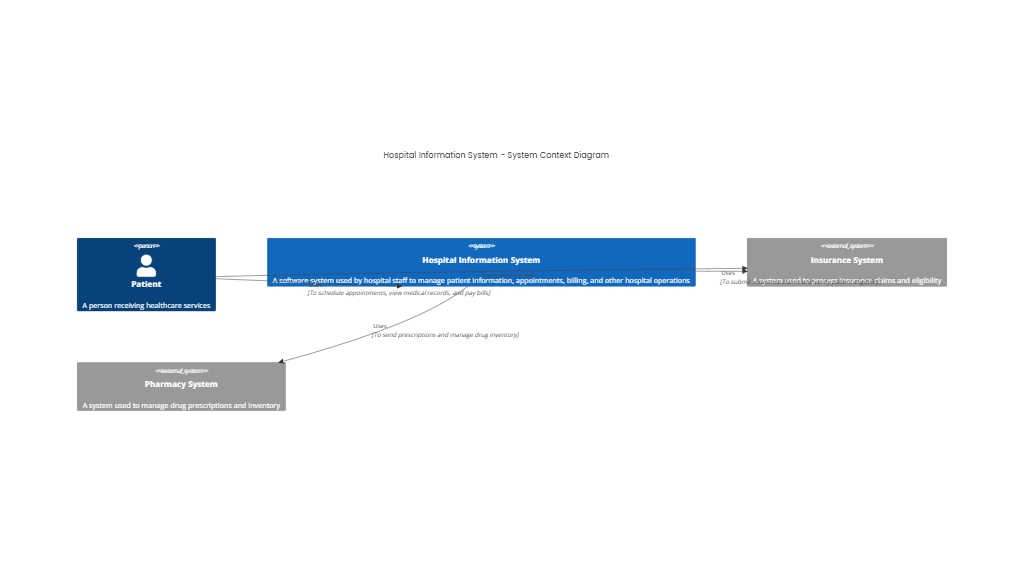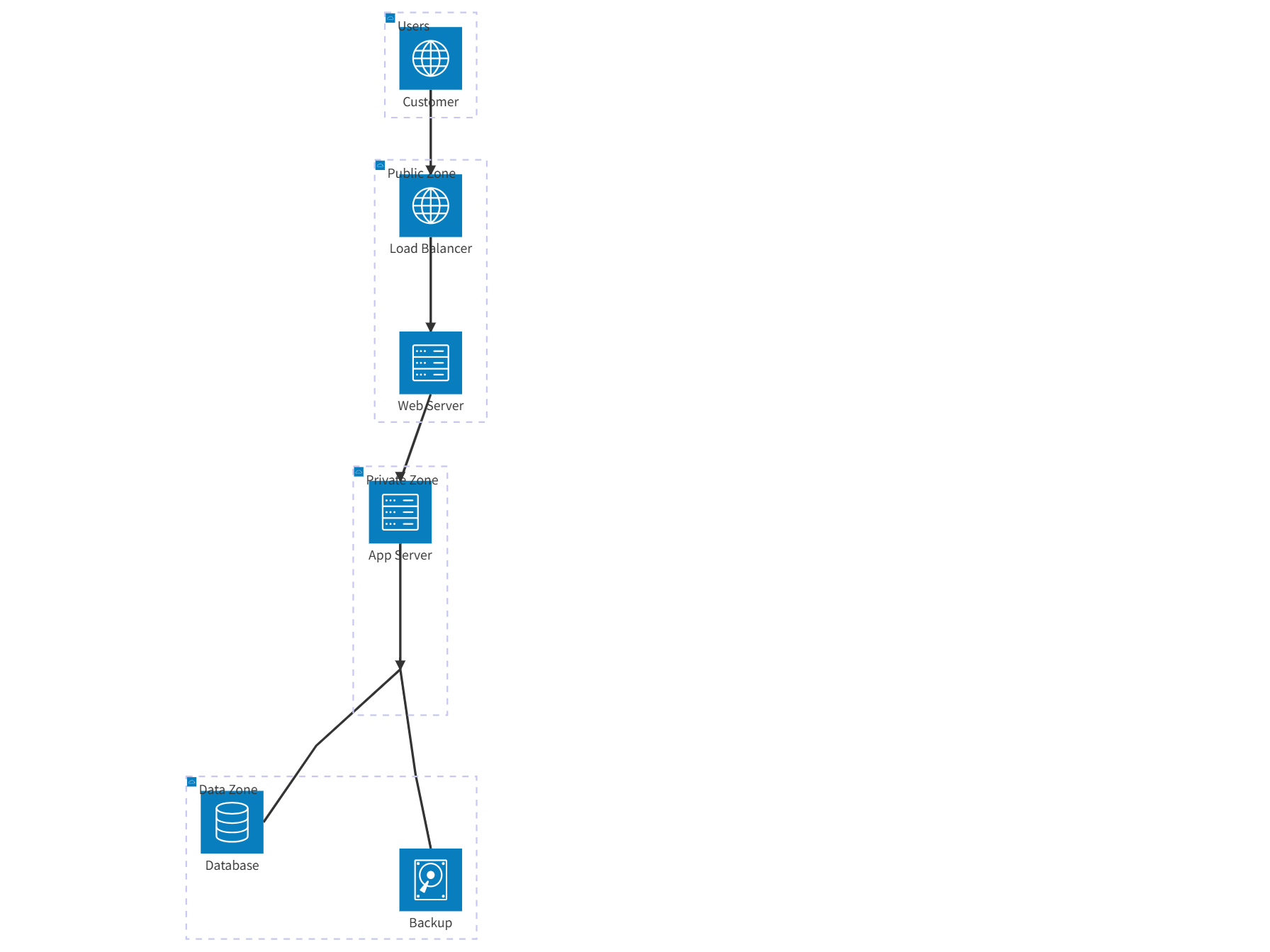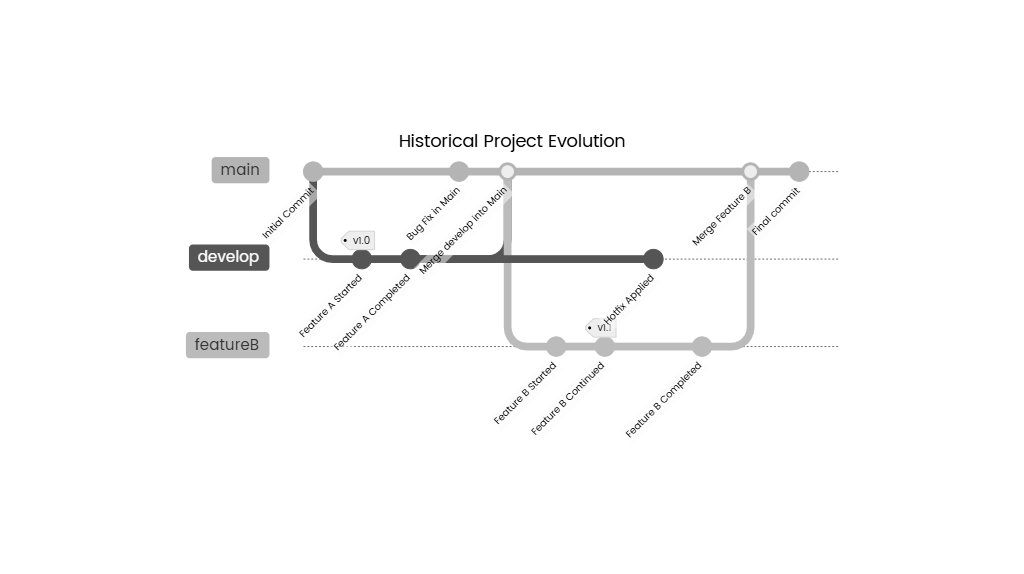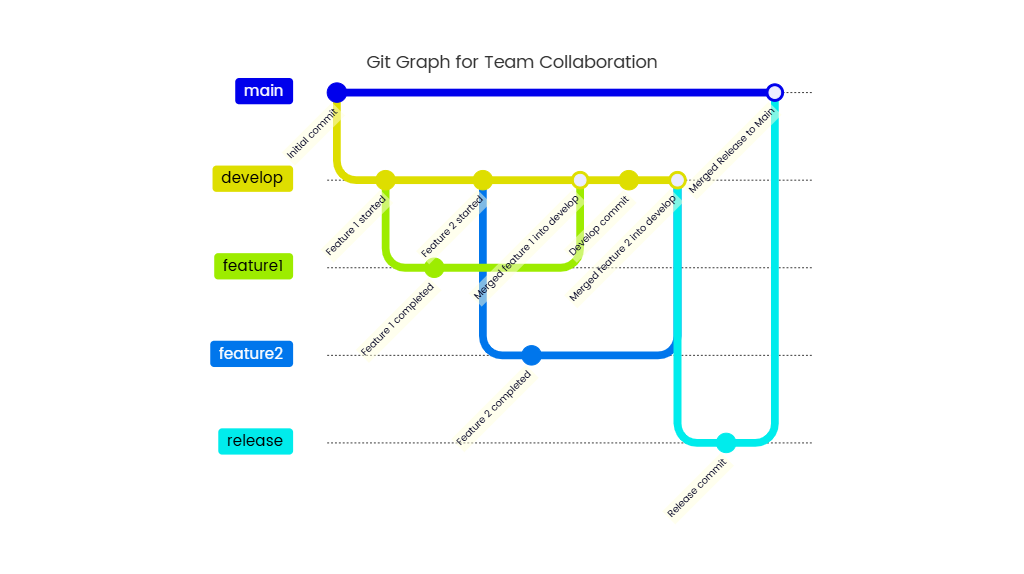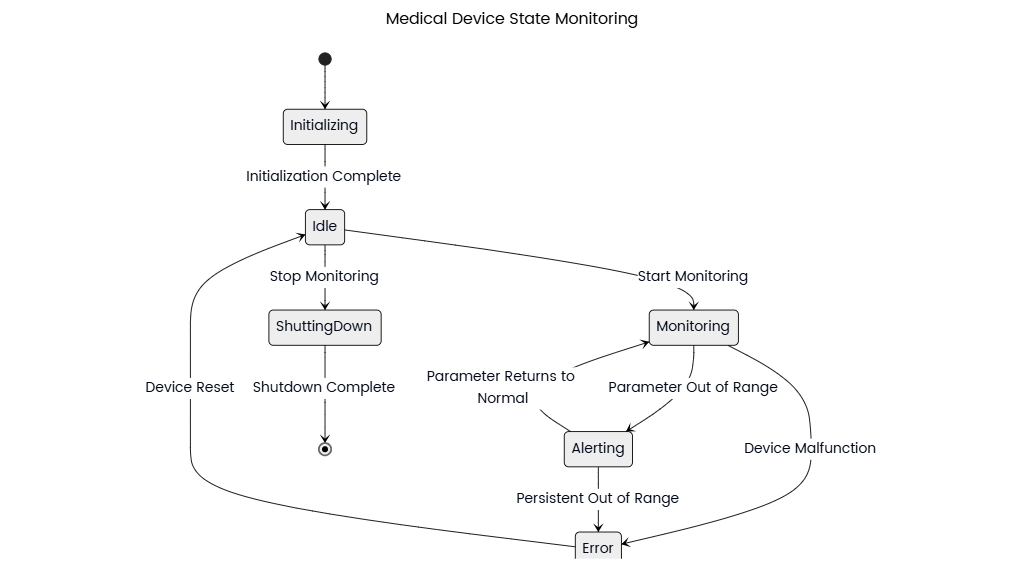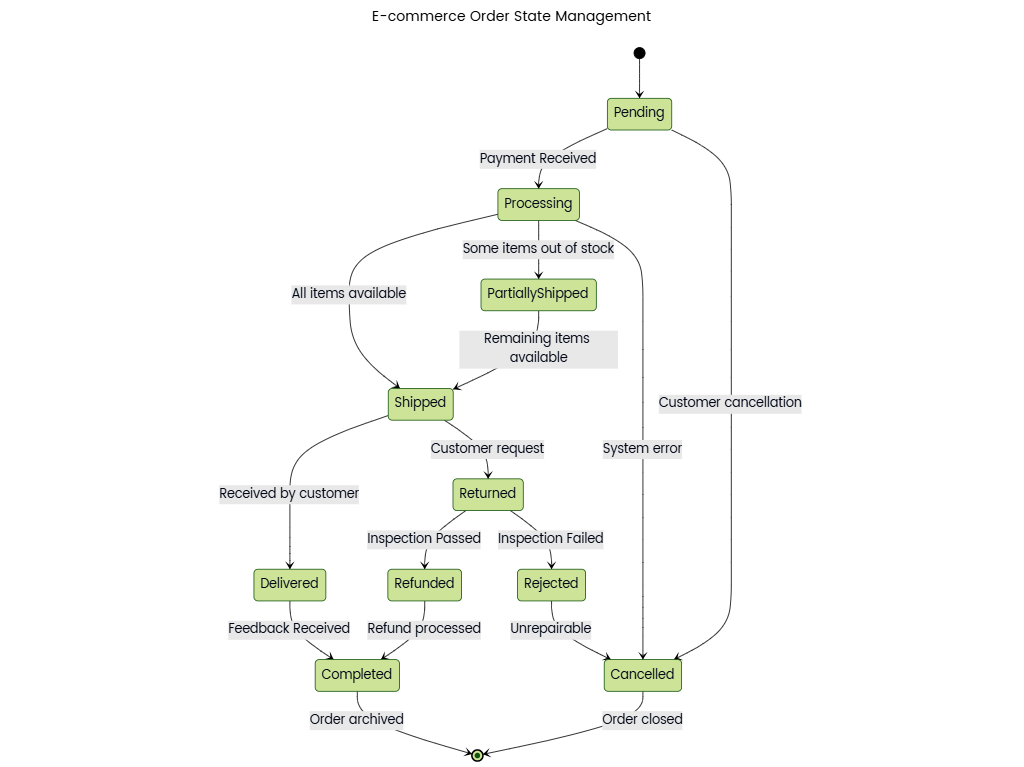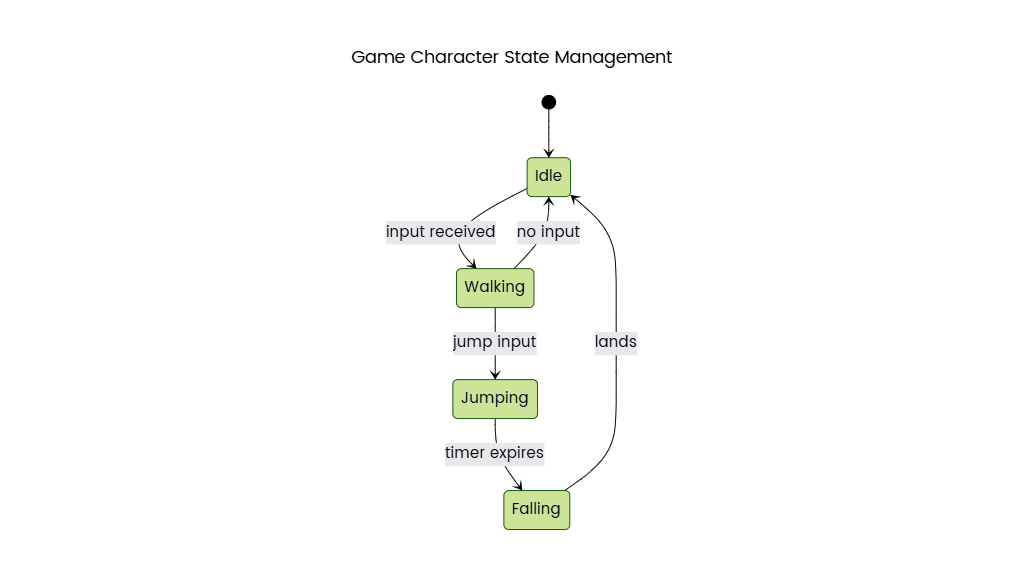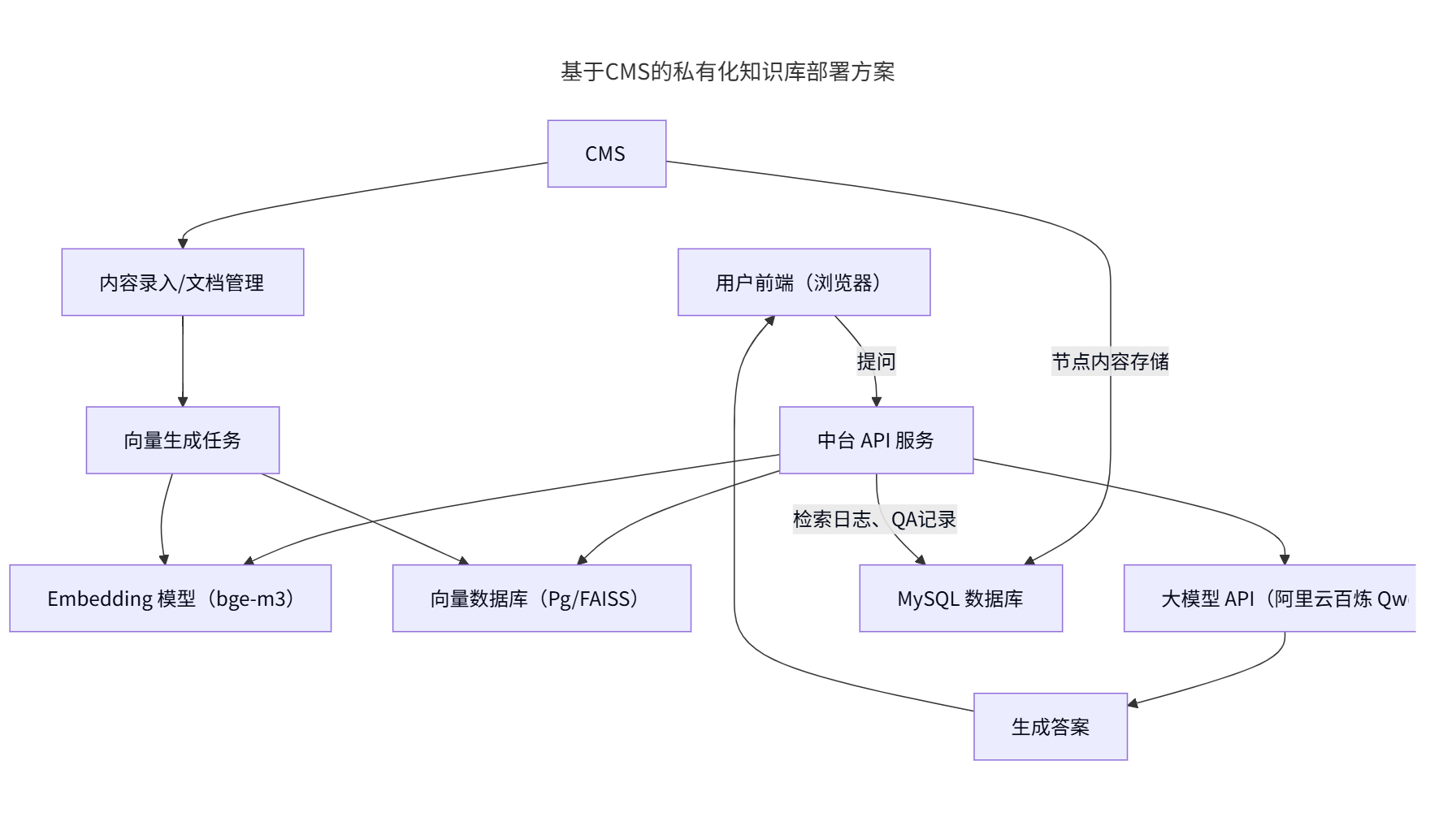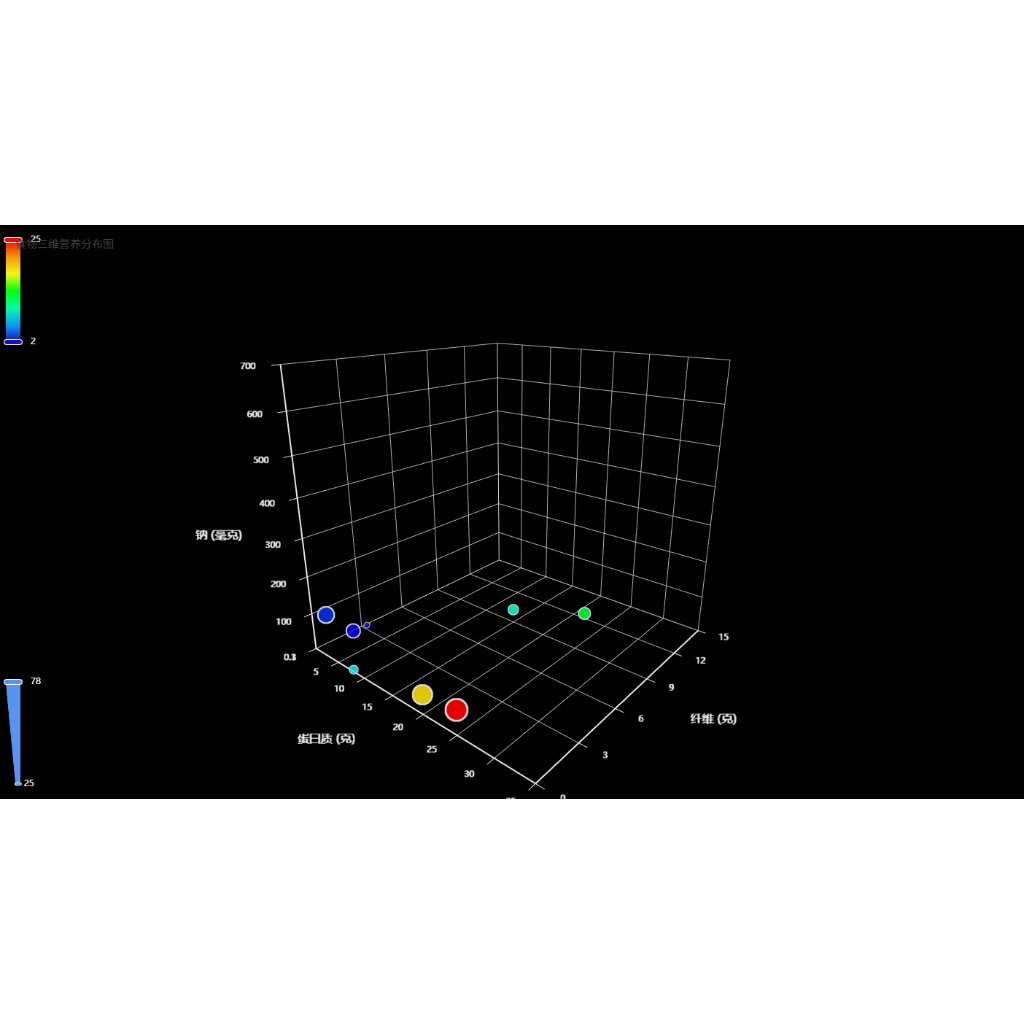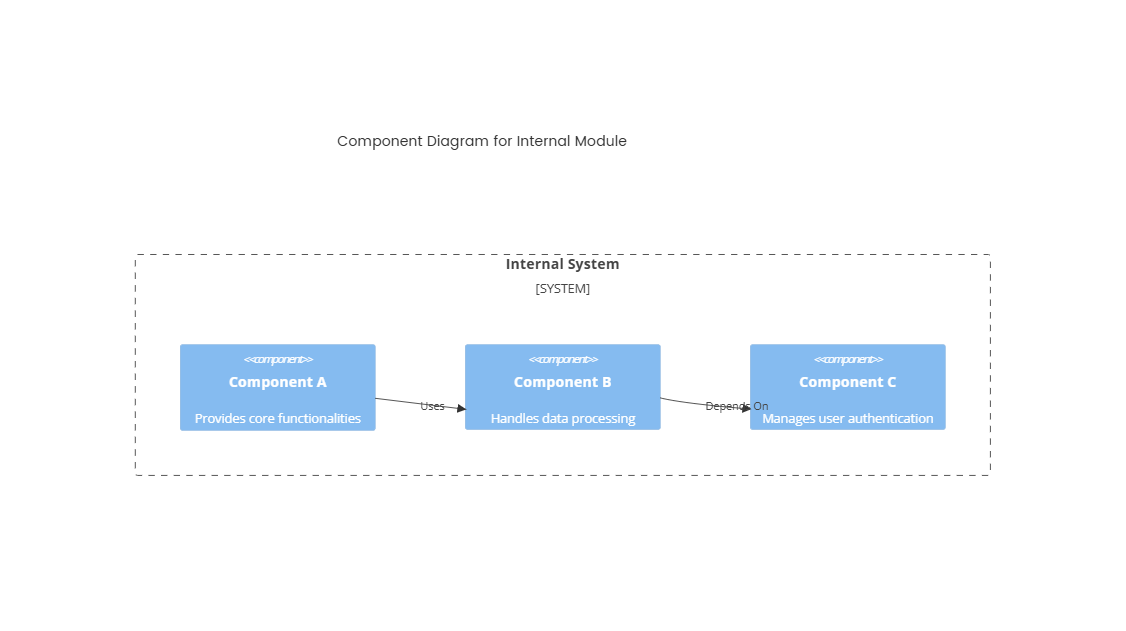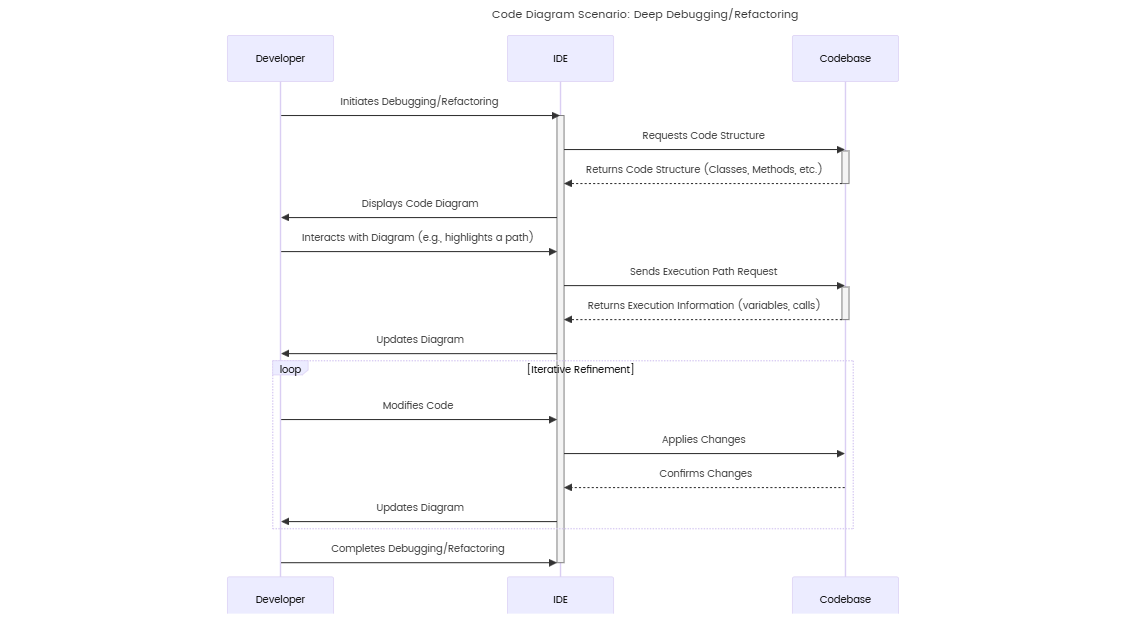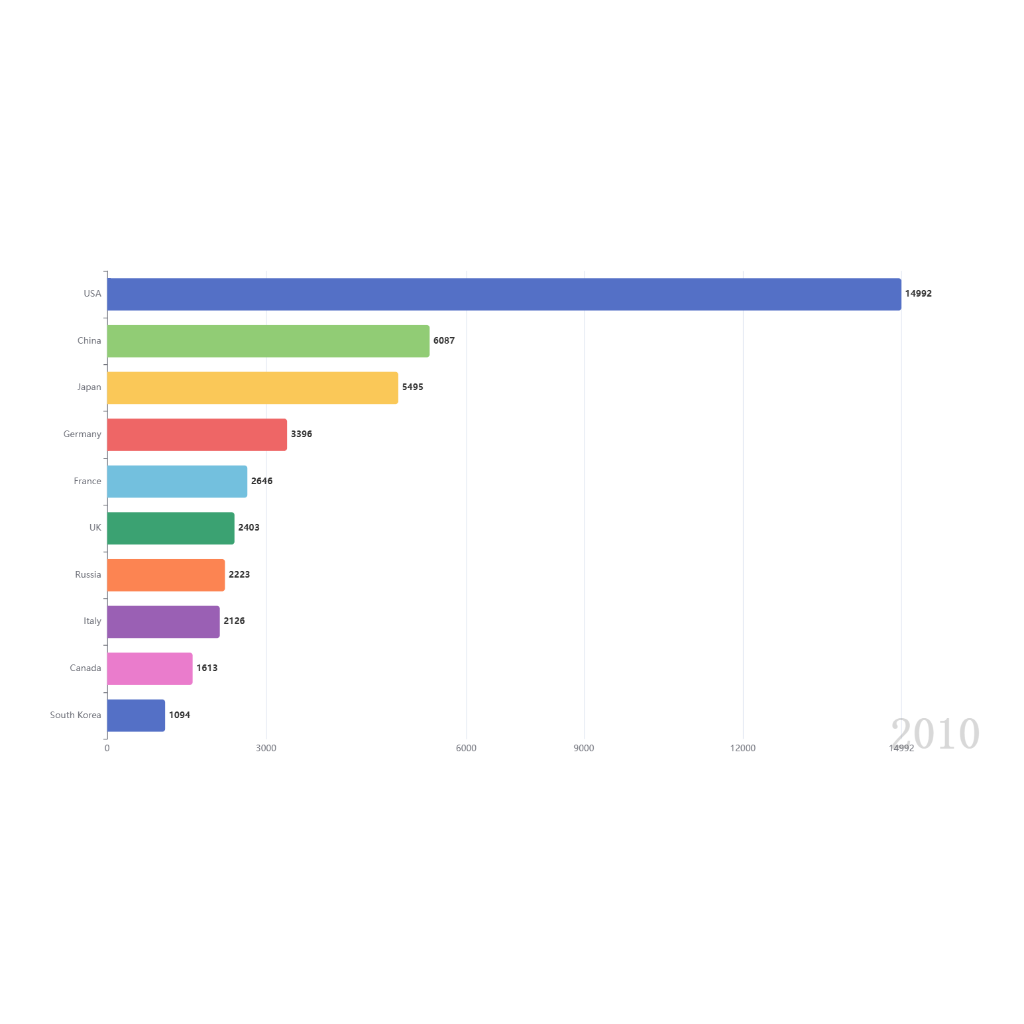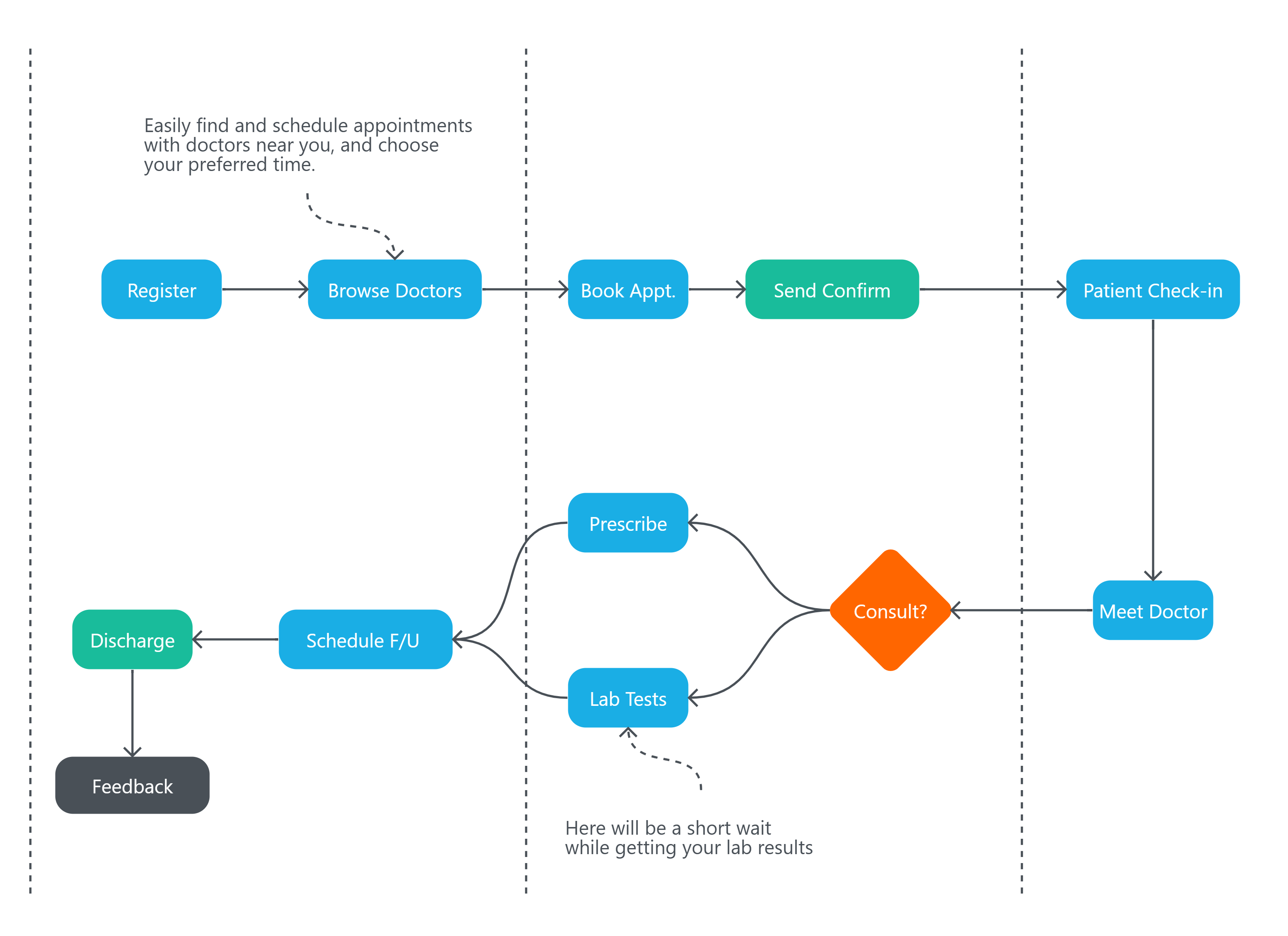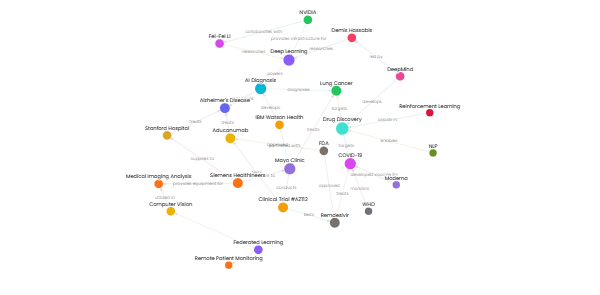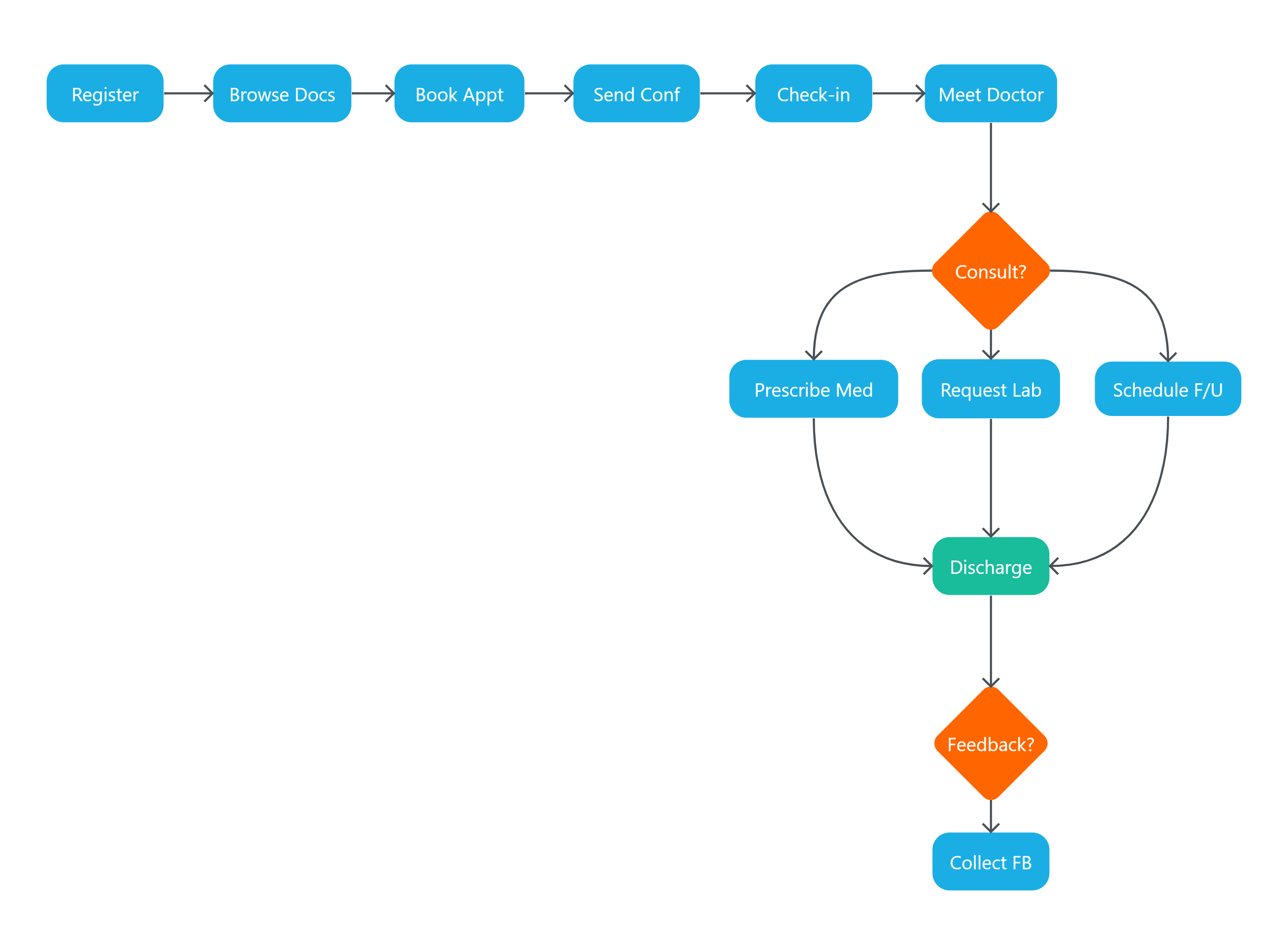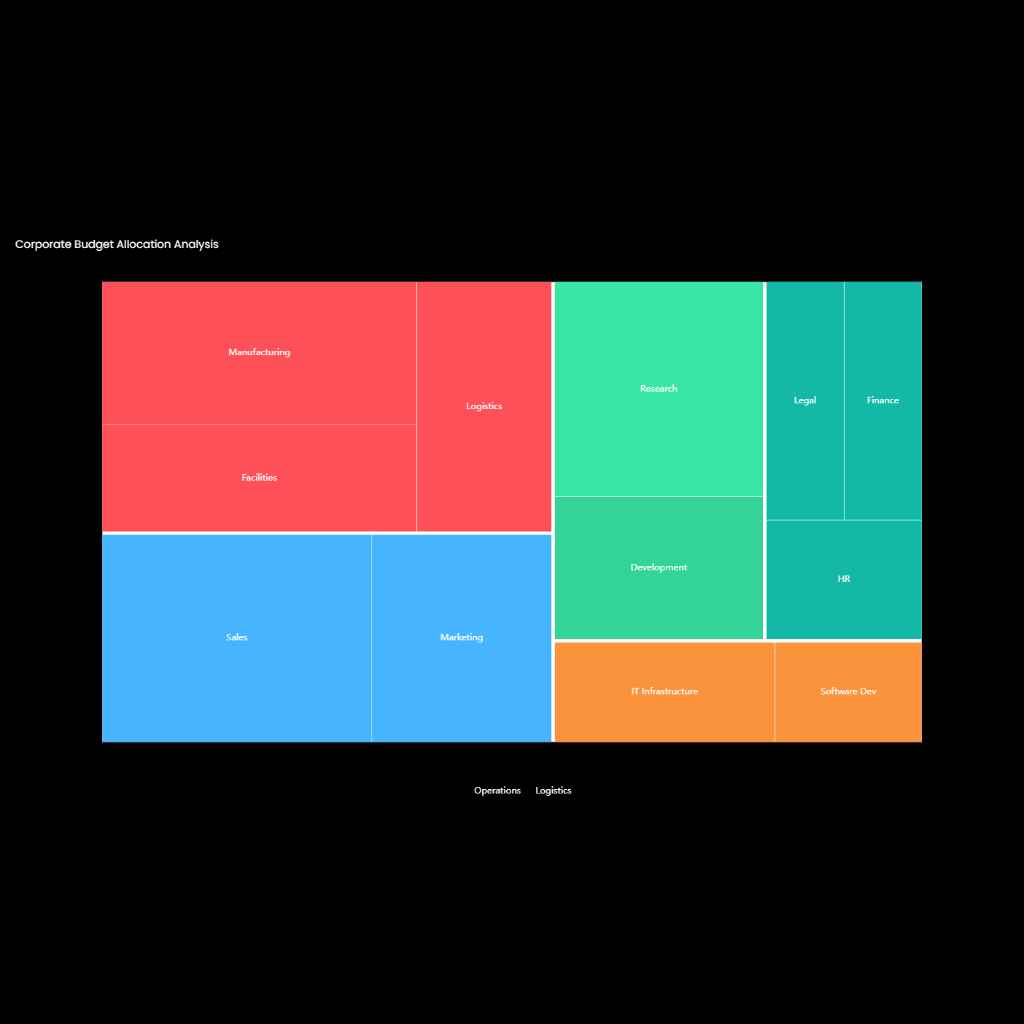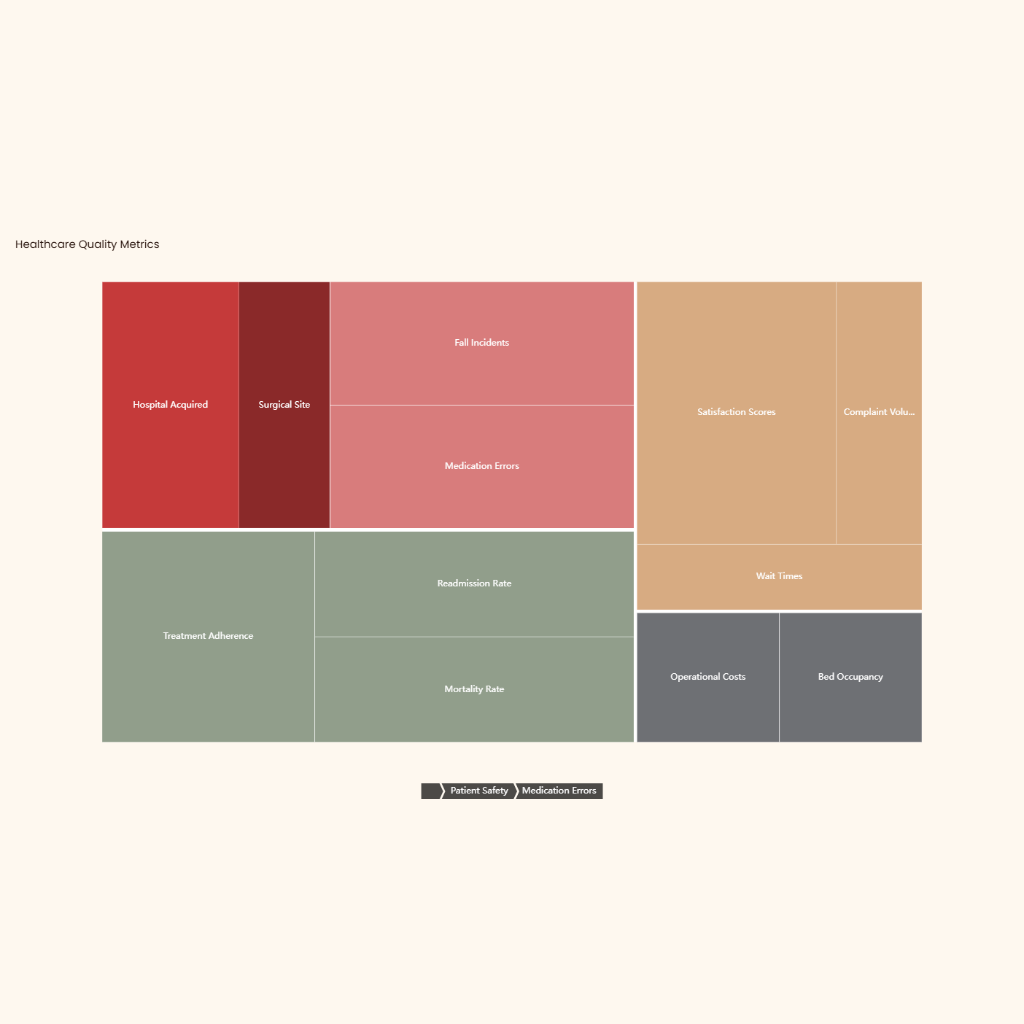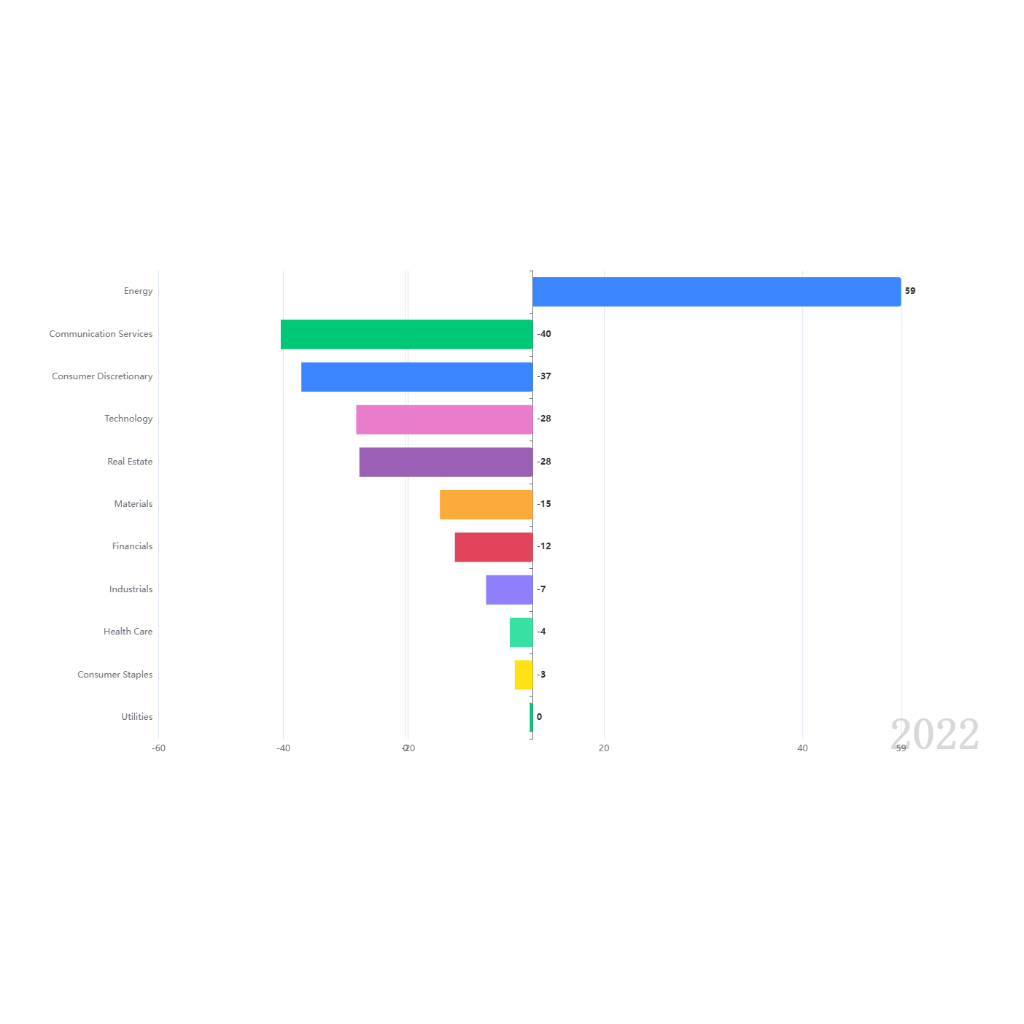Added on:
May 08, 2025
User Prompt
Create a pie chart to display the distribution of the library users ages, such as children, teenages, youth, adults and seniors.
Description
This pie chart illustrates the proportional representation of library users across five age groups: Children (0–12 years), Teenagers (13–19 years), Youth (20–30 years), Adults (31–60 years), and Seniors (61+ years). The visualization aims to highlight engagement patterns, inform resource allocation, and tailor services to different demographics.
Data Interpretation
- Children (0–12 years): X%
- Largest segment (if applicable), reflecting high participation in storytime sessions, educational programs, and family visits.
- Teenagers (13–19 years): Y%
- Engagement driven by homework support, STEM workshops, or teen literature clubs.
- Youth (20–30 years): Z%
- Primarily university students or young professionals using study spaces, e-books, or career resources.
- Adults (31–60 years): W%
- Focus on parenting resources, adult literacy, or professional development materials.
- Seniors (61+ years): V%
- Engages with large-print books, audiobooks, or technology training for retirees.
Key Insights
- Demographic Trends:
- A dominant children’s segment may signal strong community investment in early literacy.
- A smaller senior segment could indicate a need for outreach via senior centers or home delivery services.
- Resource Allocation:
- Libraries can prioritize age-specific collections (e.g., expanding YA novels if teenagers are a growing group).
- High youth attendance may justify upgrading digital resources or study rooms.
- Program Planning:
- Design targeted events: coding workshops for teens, memoir-writing classes for seniors, or parenting seminars for adults.
Design Considerations
- Color Coding: Use distinct, age-appropriate colors (e.g., blue for children, green for youth, purple for seniors).
- Annotations: Include percentages and callouts for significant deviations (e.g., “Seniors: 15% – lowest participation rate”).
- Title & Subtitle:
- Title: “Library User Demographics by Age Group – 2024”
- Subtitle: “Based on membership data and visitor surveys”
Example Data (Hypothetical)
Age GroupPercentageColor Code
Children 30% ? Blue
Teenagers 15% ? Green
Youth 20% ? Yellow
Adults 25% ? Red
Seniors 10% ?️ Orange
Strategic Implications
- Outreach: Launch campaigns to boost engagement in underrepresented groups (e.g., senior tech labs).
- Partnerships: Collaborate with schools (for children/teens) or retirement communities (for seniors).
- Budgeting: Allocate funds to popular age groups while addressing gaps (e.g., increasing e-book licenses for youth).
